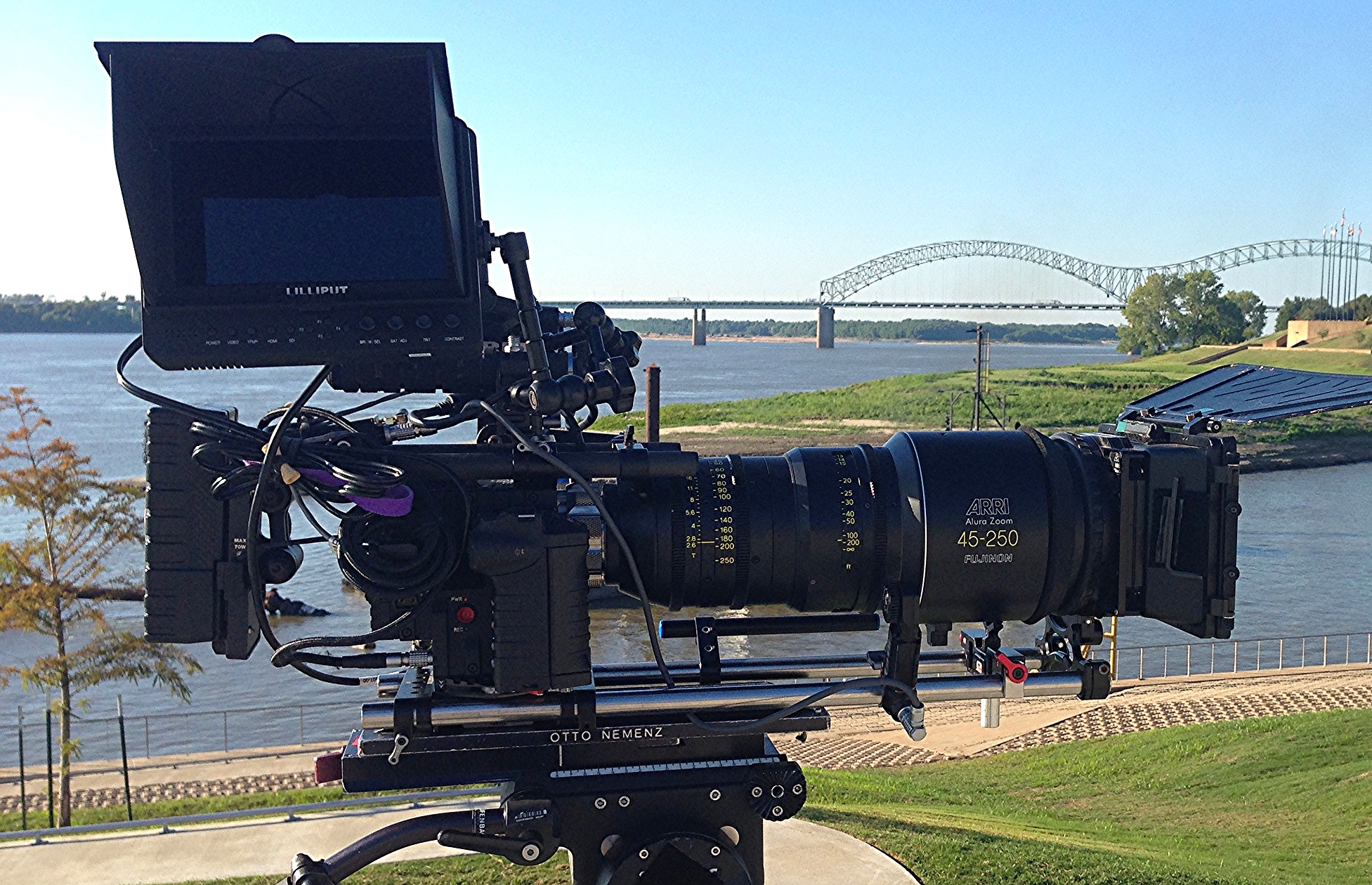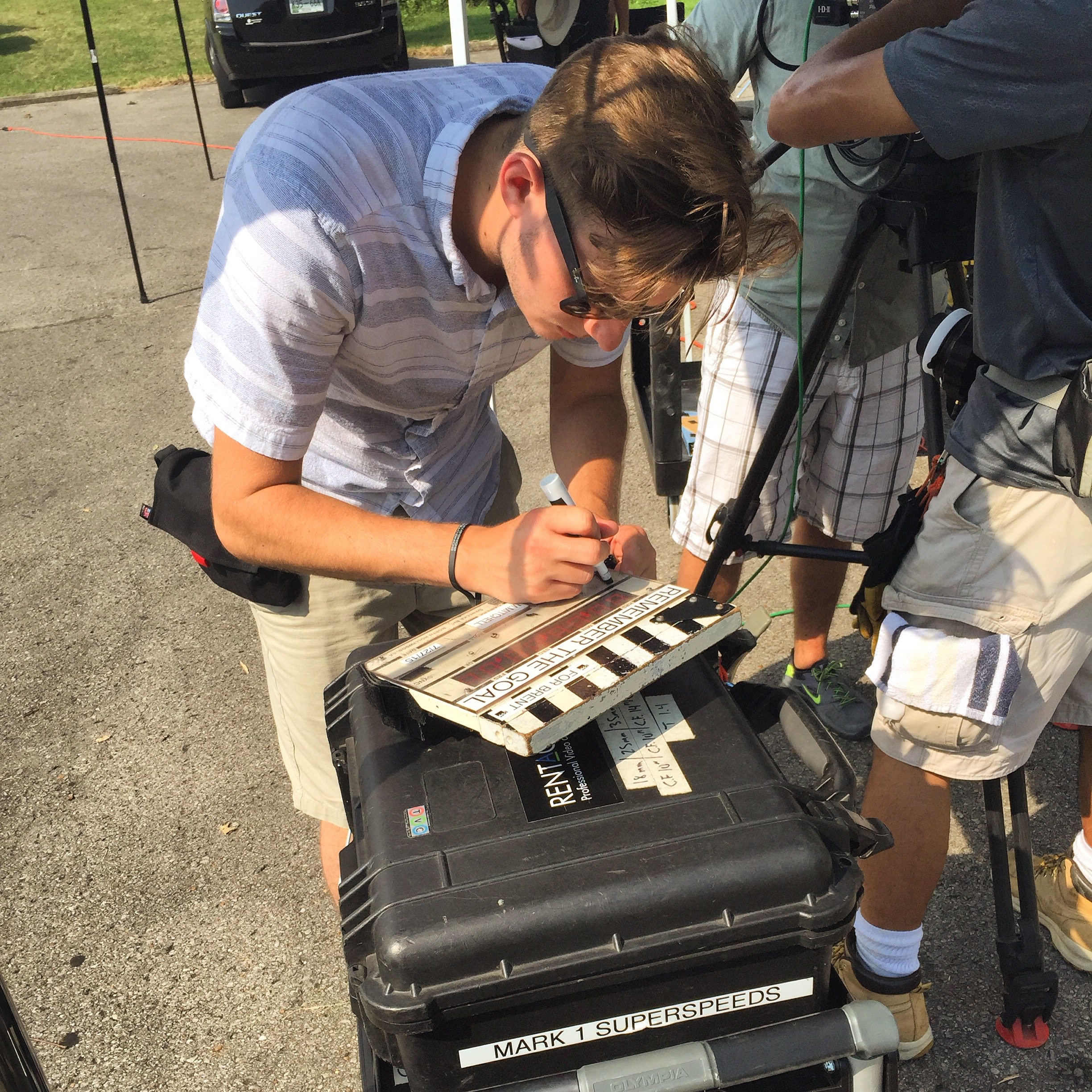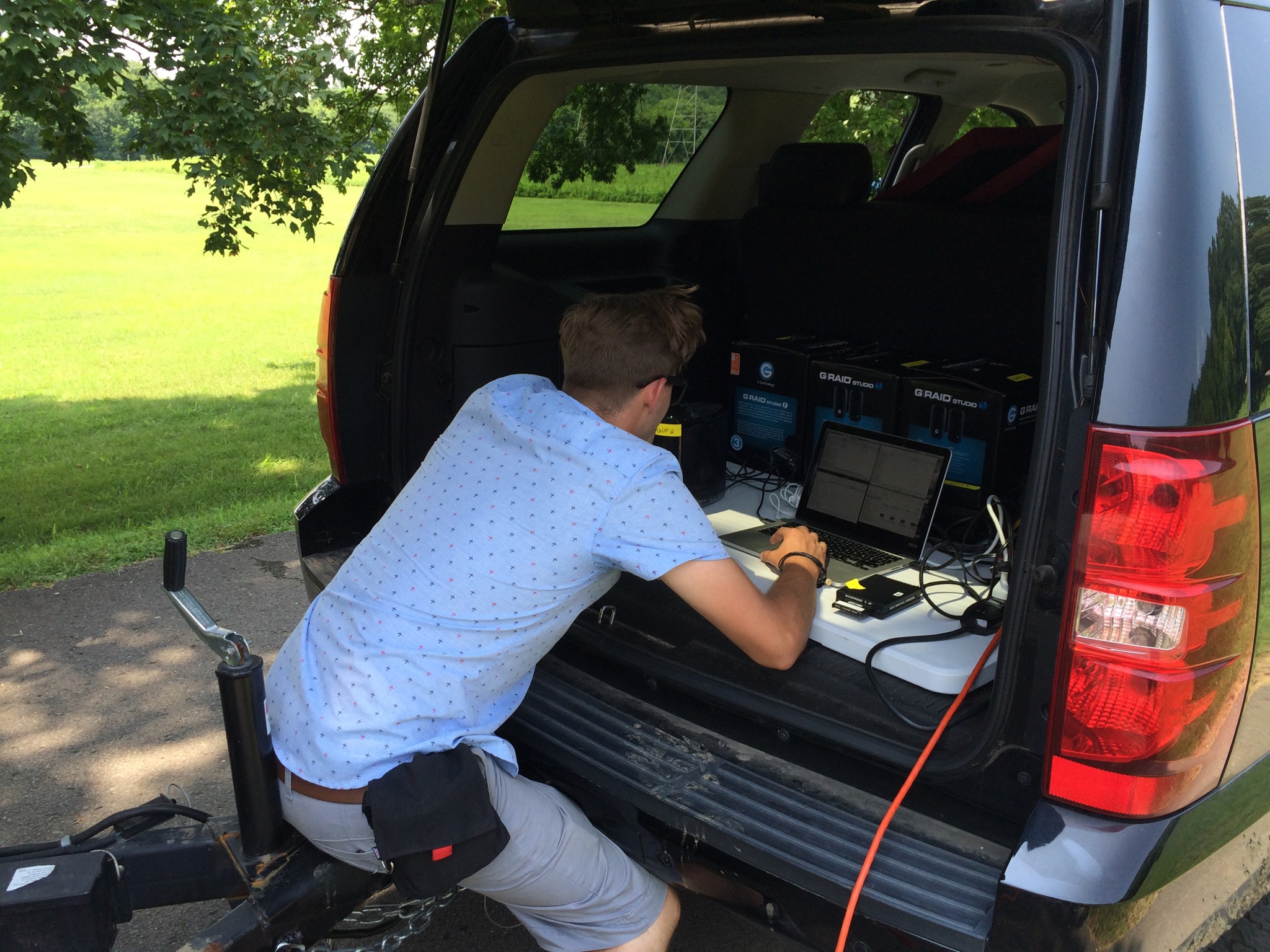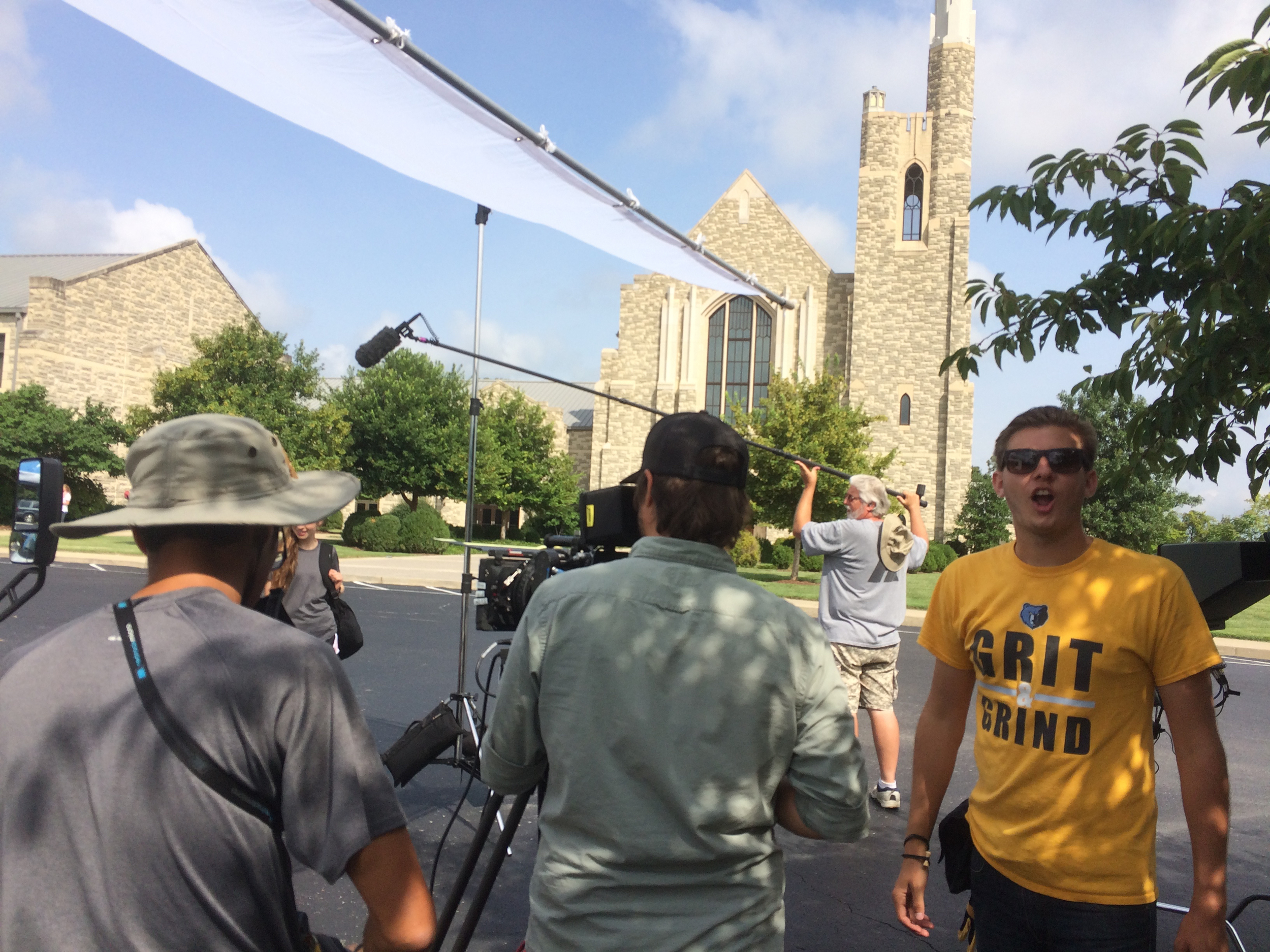Two years ago, you guys made the trip of a lifetime happen for me a small team. We had the opportunity to document a war torn environment and capture a one of a kind story. Lost Generation of Sudan was the first multi camera documentary filmed in that region in the last decade, that happened because of you. Now, we’re doing it again.
Here’s how this time will be different, and even better than the last.
We aren’t just doing another short film, this one will be bigger than any film Operation Broken Silence has every released. It will be a timeless feature length documentary to last through the ages and shed light on a very dark spot in the world. This film has the opportunity to reach thousands of people just like yourself and give you the knowledge and power to do something about the tragic situation in Sudan.
We have talented team assembled that I truly believe will give us the advantage of not only bringing you a beautiful looking finished product, but a compelling story that will grip hearts all across the world and put the power in your hands to make something happen.
Like I mentioned before, you are the very reason we are able to document these stories that change lives. Since the last documentary released and we unveiled Project Endure, you have put teachers back to work, gave classrooms school supplies and helped grow our movement 100% just last year. You are more powerful than you think.
December 1st is #GivingTuesday, one of the best days to donate, there are no transaction fees so literally every penny you donate goes 100% to the cause. It’s the perfect opportunity to give us the push we need to get the ball rolling on the documentary. Please visit my fundraising page at stayclassy to give a donation, any amount helps no matter how big or small. If you don’t have the funds at the moment to donate but still feel compelled to help us with our cause, you can become a fundraiser on my team and raise funds yourself! GET STARTED HERE! While you're here check out Lost Generation of Sudan below:









